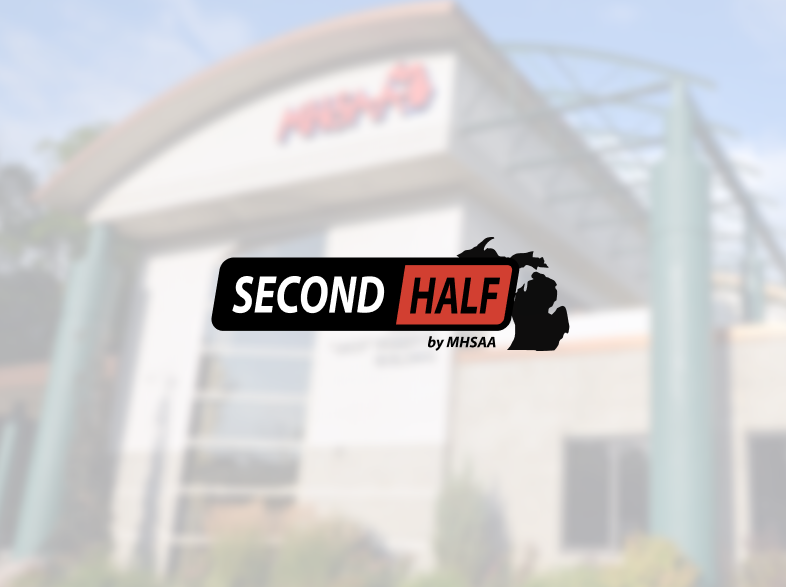
Pivot Work
September 21, 2011
Consider the pivot move in basketball. The player receives the ball, plants his or her foot and spins 90 to 180 degrees. Without moving the pivot foot, the player turns from facing one direction to facing a different direction. And with that new perspective, the player either passes the ball to a cutting teammate or dribble drives toward the goal.
If these are pivotal times in school sports – and I believe they are – we must, if we are to make the most of these times, remember the skills that many of us worked on when we played basketball and still often admire as effective when we watch basketball. The pivot.
- One foot firmly planted. A foot that can’t be moved. Our base. Our fixed orientation.
- Then the spin that changes our field of vision from one direction to another.
- Then a sharp pass to a teammate, one who’s gotten a step on an opponent.
- Or, if no teammate is open to receive our assist, a determined drive of our own toward the goal.
If these are pivotal times, and if we are to be the “pivotal generation,” this is the drill: Fixed to our core beliefs, look around for new ideas and cutting edge partners to assist, and take it to the goal ourselves if we must.

High-Performing Programs
July 10, 2018
(This blog first appeared on MHSAA.com June 28, 2011, and was printed in the September/October 2006 MHSAA Bulletin, and in Lasting Impressions, which appears in the MHSAA's online Library.)
A study of 10 academically-oriented after-school programs in New York City funded by the After-School Corporation may provide some unintended guidance for interscholastic athletic programs.
Prepared in November 2005 by Policy Studies Associates, Inc. for the After-School Corporation and Southwest Educational Development Laboratory with support from the U.S. Department of Education, the report “Shared Features of High Performing After-School Programs” identifies the following characteristics of high performing after-school programs:
- A broad array of enrichment opportunities.
- Opportunities for skill building and mastery.
- Intentional relationship building.
- A strong, experienced leader/manager supported by a trained and supervised staff.
- The administrative, fiscal and professional development support of the sponsoring organization.
While competitive junior high/middle school and high school sports were not the subject of this study, here’s what I think these findings could mean for school sports:
-
Interscholastic athletic programs should provide a wide variety of opportunities appealing to a diverse group of students.
-
Interscholastic athletic programs should provide competitive opportunities for the highly skilled as well as learning opportunities for the less skilled so they too might progress to higher levels of competency, or just enjoy the fun, friends and fitness of school sports.
-
Teamwork, sportsmanship and leadership should be outcomes as intentional as development of skills of the sport and strategies of contests.
-
A full-time athletic administrator is essential, and it is imperative this person have authority to train and supervise staff and hold them accountable for performance consistent with the best practices of educational athletics.
-
School boards and their administrators must provide sound policies and procedures, adequate financial support and opportunities for continuing education for the athletic director and every coach.
All in all, a pretty good blueprint for school sports in Michigan.

